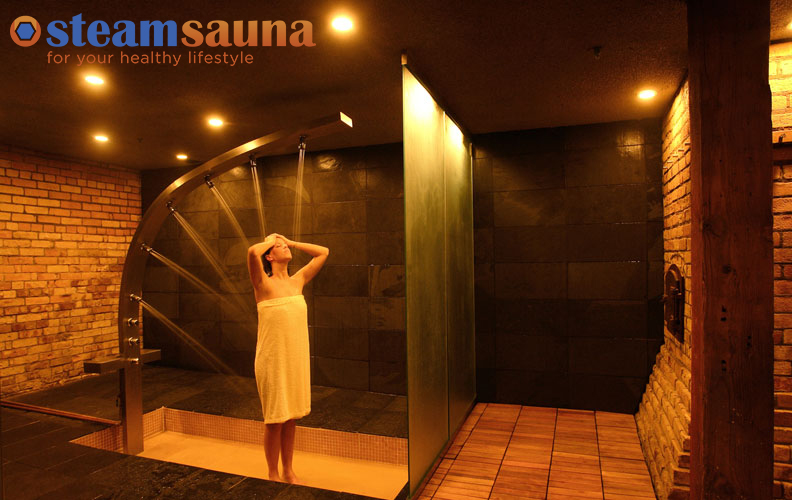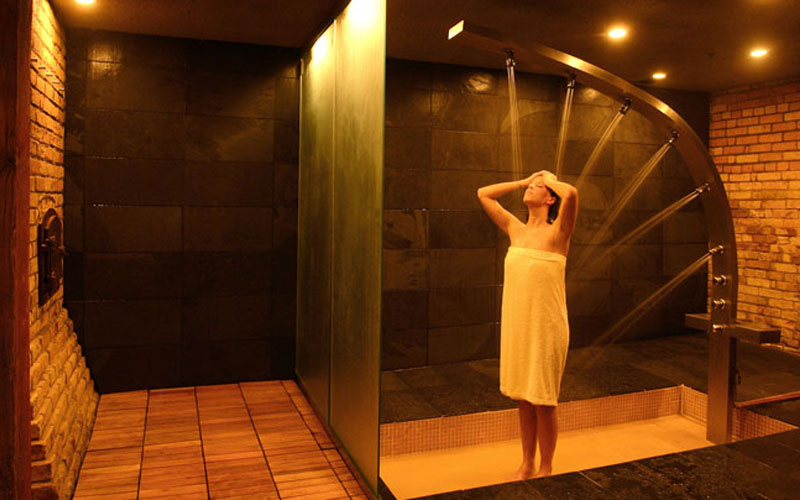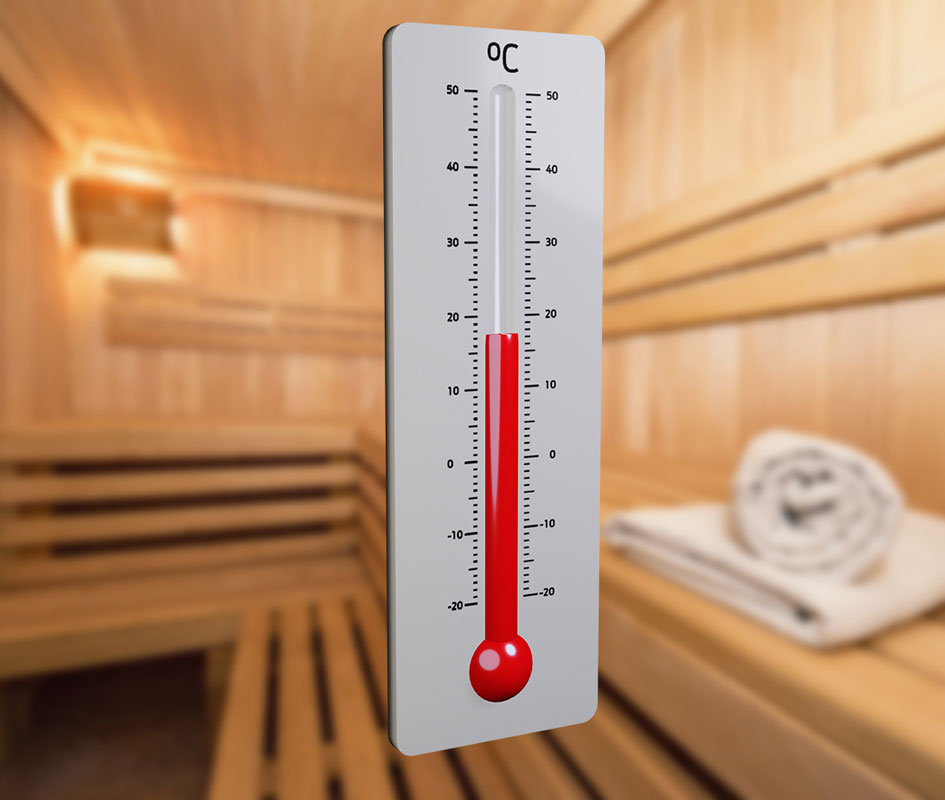Dry Sauna Vs Steam Room When Sick

While steam baths use moist heat saunas offer dry heat sessions.
Dry sauna vs steam room when sick. Positive impact on heart health. A sauna is wood paneled and the stove heats rocks that in turn. If you are considering adding steam room or sauna treatments to. Steam room here s what you should know about the health benefits and risks of each.
Both these types of hot baths stimulate blood flow and promote healthy metabolism but some people find it difficult to breathe in the dry heat of a sauna. Steam room health benefits. Inside a steam room a device called a steam generator boils water into steam and releases it into the air. If you haven t taken advantage of either of them lately now is the time to.
A study published in 2015 found that regularly spending time in a sauna may help keep the heart. The number one difference between saunas and steam rooms is humidity. Regular use of a dry sauna can benefit your health in several ways. The key difference is that while steam rooms are filled with moist heat a sauna provides dry heat from a wood or electric stove.
These rocks heat up the air in the room but it is a very dry heat a bit like when you sit in front of a campfire. But using steam rooms regularly will give your bloodstream an immunity boost that could lead to you getting sick less often. Saunas and steam rooms are fixtures in spas gyms and even some homes. Dry heat vs moist heat.
If you ve ever set foot in the locker room of a gym or fitness club you ve likely seen a dry sauna or steam room. A sauna uses dry heat usually from hot rocks or a closed stove. Unlike a sauna a steam room is nearly airtight so the humidity builds to 100 percent. The air is so damp that water condenses on the walls.
The heat generated in a sauna is generated by a heater that heats up a pile of sauna rocks.


















